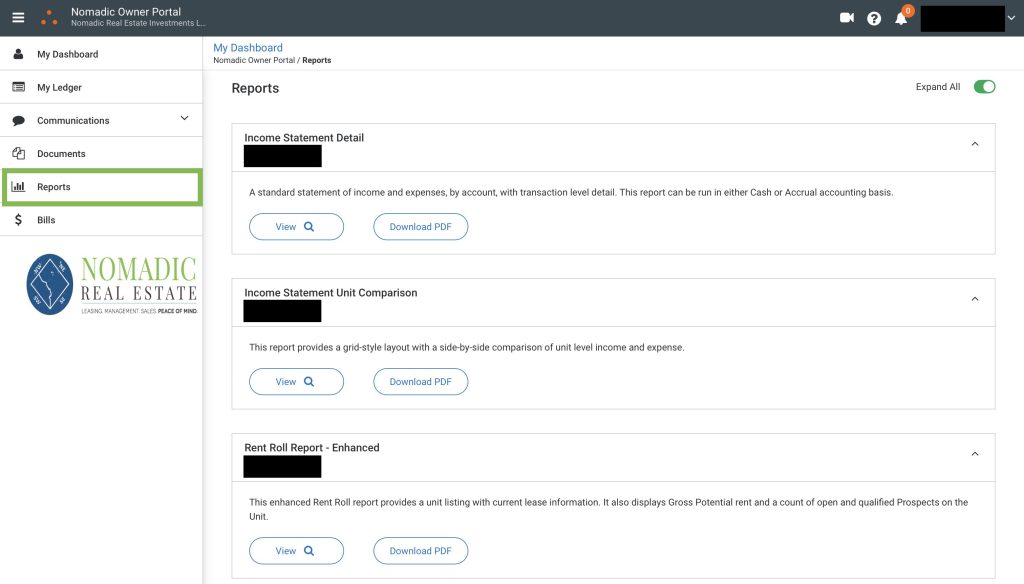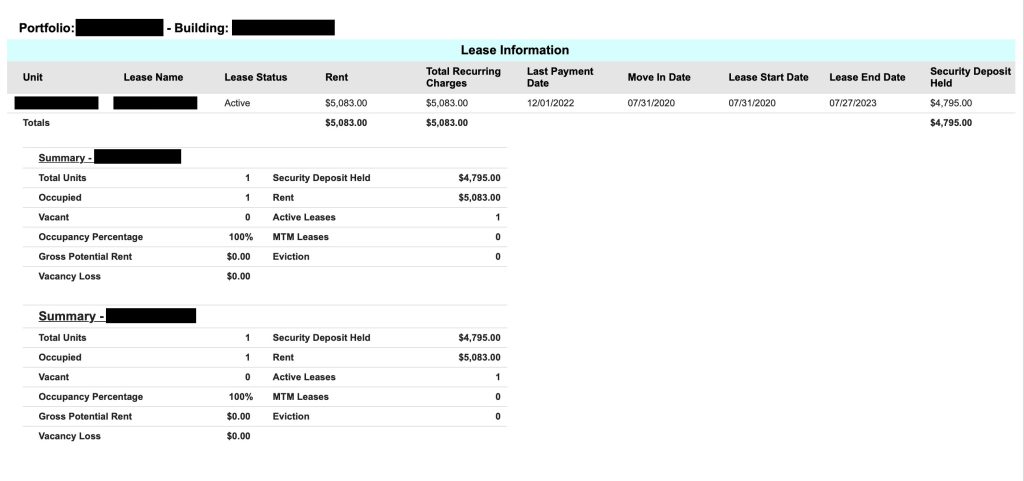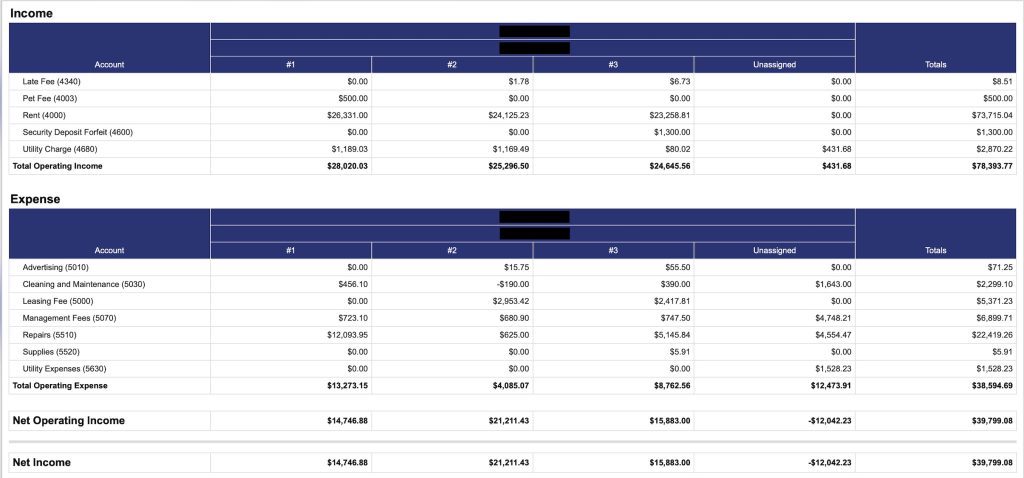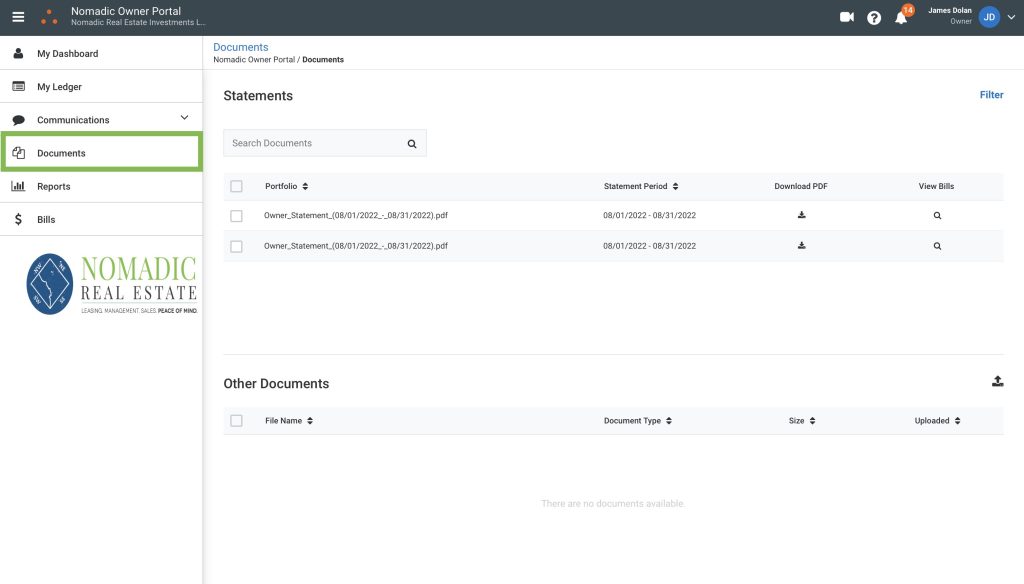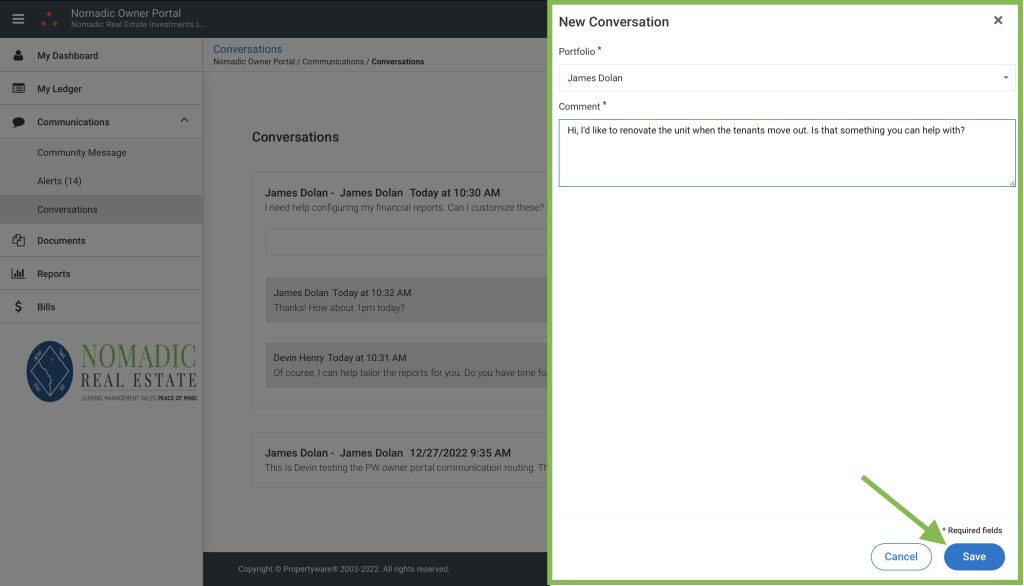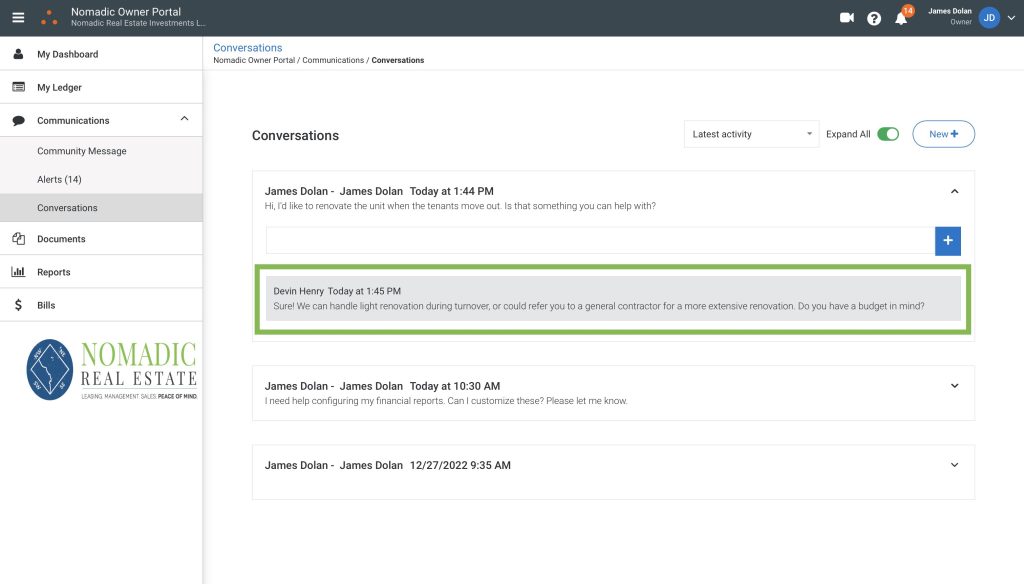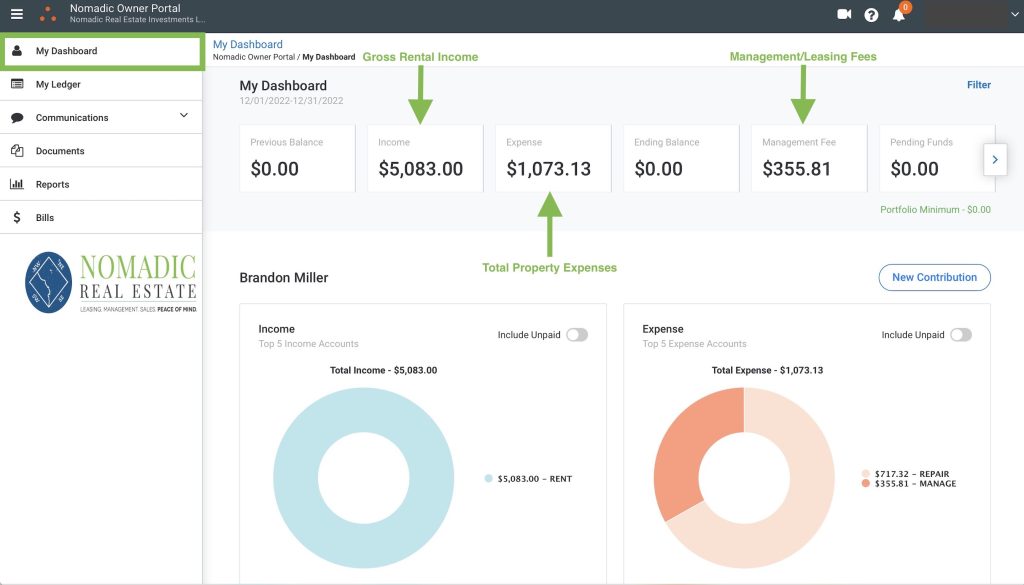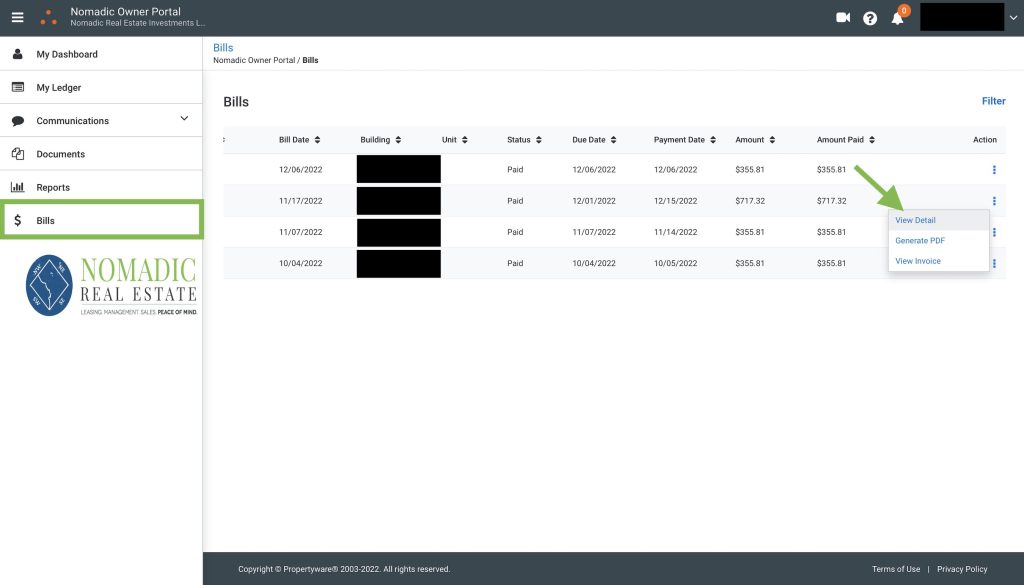You’ve found what seems like the perfect apartment and can already picture yourself settling in. But before you start packing boxes, there’s that one nagging question: how long does it take for a rental application to be approved?
It’s a question that weighs heavily on every apartment seeker’s mind. We know those feelings of anticipation mixed with a touch of anxiety.
While you’re busy daydreaming about your new place, your potential landlord is reviewing your application and deciding if you’re the right fit for their property. So, how long does it take for a rental application to be approved?
How Long for a Rental Application to Be Approved: Unpacking the Timeline
You would think a straightforward question like that would have an equally simple answer. This is where it gets interesting, though – a lot goes on behind the scenes and often boils down to several key elements.
The Rental Application: Your First Impression
The application itself is your first point of contact with a potential landlord. A complete and error-free application makes a good impression and helps streamline the process. Landlords and property managers need time to read through your application, especially if you have a detailed rental history. Providing clear, easy-to-read information speeds up the process, but incomplete applications can create frustrating delays.
The Dreaded Background and Credit Check: What’s the Holdup?
Landlords often conduct background and credit checks as part of their tenant screening to ensure you are a responsible and trustworthy tenant. They want to feel confident that you can and will pay rent on time. Landlords view a good credit score as a positive indicator of your financial responsibility.
Credit checks don’t take very long. In most cases, a simple inquiry into your creditworthiness can take between a few hours to a day or two. Credit checks are completely legal but must comply with the Fair Housing Laws, just as your landlord does with all other aspects of your application and tenancy.
However, if you have a credit freeze in place, this can delay the approval process since it restricts access to your credit report. While removing the freeze is relatively straightforward, it still wastes valuable time.
A comprehensive background check generally requires between three to five business days but can extend up to ten business days. This includes verifying information like employment history, confirming your previous rental history, and conducting a criminal background check.
These background reports often look at an applicant’s payment history, current and previous employment, driver’s license, and criminal history going back anywhere from seven to 10 years. When you are filling out applications, be sure to have your documents ready, including things like tax returns, so you can submit everything on time.
Reference Verification: More Than Just a Formality
Many landlords and property managers consider reference verification as an essential part of the screening process. This usually means your landlord will contact previous landlords. Be sure your references are prepared and responsive.
Think about it – a glowing review from a previous landlord can significantly boost your chances of getting that apartment. You should let your references know ahead of time to expect a call so they can be ready to answer any questions.
Demand, Location, and the Landlord’s Approach
Remember that factors like the time of year and demand for rentals in your target location can affect approval timeframes. You might experience faster approval during slower rental seasons when fewer applications are in play.
Landlord responsiveness also contributes to the time it takes to receive that coveted approval. If your desired apartment is in a competitive market like D.C., expect stiff competition. Rental costs in cities like these often exceed 40% of an individual’s income, as illustrated in cities across the US.
This high demand sometimes means property managers and landlords take a little longer as they carefully review each application they receive.
Navigating the Waiting Game
While checking your email every five minutes is tempting, patience is essential. Understanding the reasons behind a potential delay can help alleviate anxiety and keep you focused on your moving goals.
Tips to Keep Things Moving: Take Charge.
One way you can impact the application process’s length is to adopt a proactive approach from the very beginning. This not only reduces unnecessary delays but also helps showcase you as a responsible and organized applicant. It will also show the leasing office or property owner that you are serious about renting their unit.
5 Steps You Can Take:
- Ensure all details are accurate and fill out the rental application form completely.
- Gather all your required documentation beforehand: This includes your ID, proof of income (like pay stubs or bank statements), rental history, and reference contact details.
- Contact your references beforehand so they know to anticipate contact from your landlord.
- If you can, get preapproved: Seeking pre-approval showcases your financial readiness to potential landlords and could accelerate the process. Think of it as having all your ducks in a row.
- Consider a cover letter: A personalized touch, like including a well-written cover letter highlighting your strengths as a tenant, shows your serious interest. It can also help you stand out from other prospective tenants.
FAQs About How Long Does It Take For a Rental Application To Be Approved
Should I Follow Up On A Rental Application?
Yes, following up on your rental application shows you genuinely want to rent from them. But remember to give them reasonable time—usually a few days—to review your application first. You can also ask what the average wait time for approval is. Sometimes a quick phone call to check in is all you need.
Does a Rental Application Hurt Your Credit?
No, submitting a rental application should not negatively impact your credit score. A rental application requires a soft credit check, which won’t affect your credit. However, multiple hard inquiries from numerous rental applications in a short span can potentially lower your score slightly. It’s advisable to be selective and strategic when submitting your applications.
How Long Does Resident Verification Take?
Generally, resident verification, like background and credit checks, usually takes one to three business days but could extend up to a week. The exact timeframe often depends on the third-party service and the responsiveness of those involved in the verification process, such as employers and previous landlords.
How Long Does it Take to Get Approved For An Apartment in Washington, D.C.?
Like other major metropolitan areas, the rental application approval process in D.C. typically ranges from one to three business days. This timeframe allows landlords sufficient time to review applications thoroughly. The timeline can vary based on individual landlords or property management companies and the volume of applications they are processing.
Seal the Deal Easily with Nomadic Real Estate
While it’s impossible to give a one-size-fits-all answer to the question of how long it takes for a rental application to be approved, a general timeframe is usually one to three business days. There’s no one answer, but it’s best to remain in contact with the landlord or property manager to follow through, as it shows you are really interested in the apartment.
By understanding the process and following these suggestions, you can hopefully make the process a bit smoother for yourself.
Ready to find your next home? Don’t leave anything to chance. You can help ensure a faster rental application process by staying proactive and organized. Need more tips or have questions? Contact us today to make your rental journey as smooth as possible!










